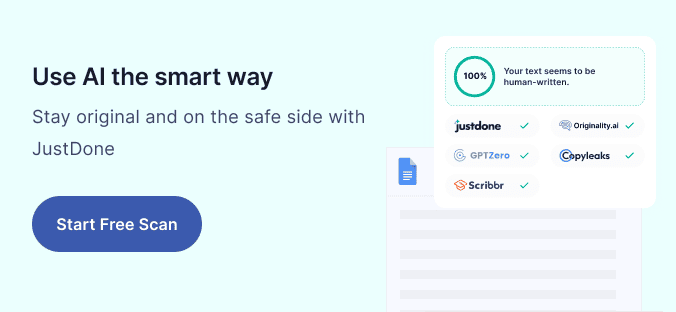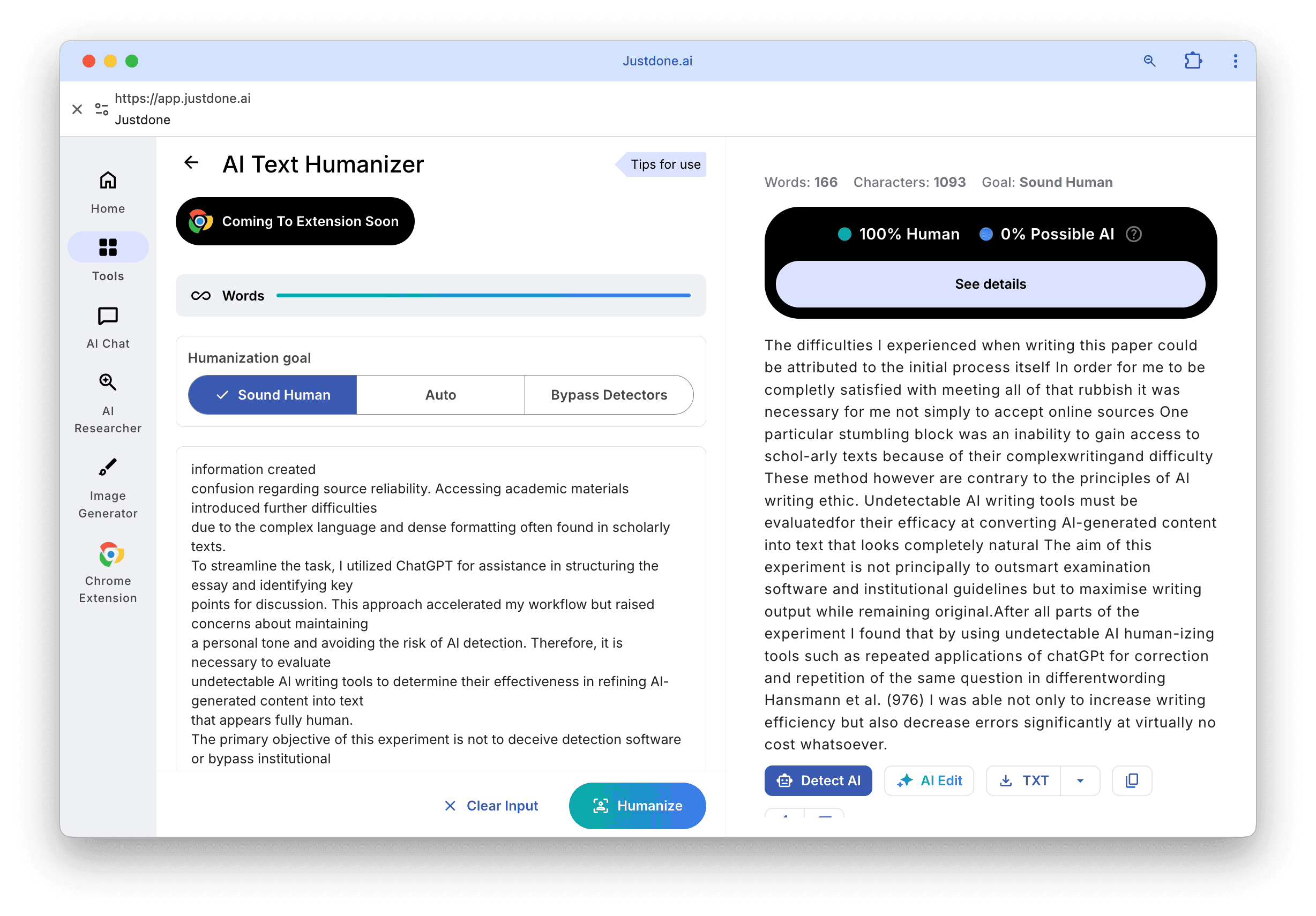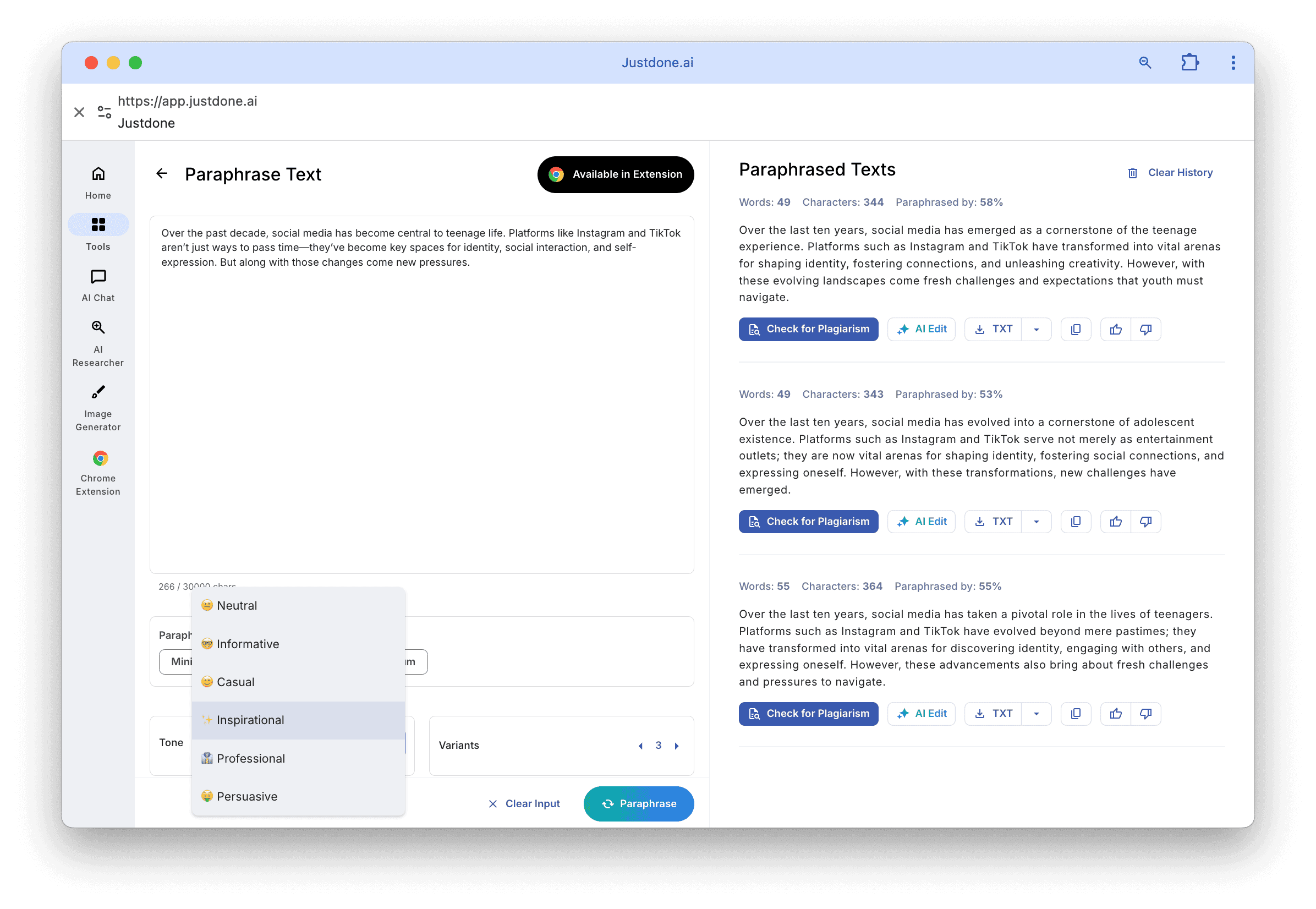When you sit down to write an essay, the introduction may set the stage, but the body paragraphs are what you’ll spend most of your time on. These are the sections where your argument takes shape, where your evidence lives, and where your writing has the chance to shine or sink. Yet, for many students and beginners, crafting a strong body paragraph is one of the trickiest parts of the process.
In this guide, we’ll walk through how to write the body paragraph, explore the structure of a body paragraph, and even cover how to end a body paragraph so that your writing feels complete and compelling. If you’re wondering how to write the perfect body paragraphs, you’re in the right place.
Why Body Paragraphs Matter More Than You Think
Before we proceed to the structure, it’s good to understand why body paragraphs are such a big deal.
Think of your essay as a sandwich. The introduction is the top bun, and the conclusion is the bottom one. Nice to have, sure, but the meat (or the plant-based protein!) is in the middle. That’s your body. It's where you prove your points, explore your ideas, and guide the reader through your logic.
Poorly structured body paragraphs can leave your argument feeling scattered or weak, no matter how powerful your thesis is. Strong body paragraphs, on the other hand, can elevate a simple idea into something persuasive, informative, or even inspiring.
The Structure of a Body Paragraph: Keep It Simple and Solid
When you’re writing an essay, knowing how to build a strong body paragraph makes the whole process easier. You don’t need to overcomplicate it. A simple structure works best because it keeps your ideas clear and helps your reader follow along without getting lost. I recommend using AI paraphrasing tool if you feel like your essay sounds too complicated.

Each solid paragraph should start with a topic sentence. This is basically the paragraph’s main idea in one clear sentence. It tells the reader what the paragraph will be about and connects directly back to your thesis.
After the topic sentence, you need to include supporting evidence. This could be a statistic, a quote, a real-life example, or a fact that backs up the point you’re making. It’s where you prove that your argument isn’t just based on opinion.
But you can’t stop there. Good writing means explaining your evidence, not just dropping it in and moving on. Take a moment to show why the information matters. How does this example prove your point? What does it mean in the context of your argument?
Finally, you’ll want to wrap things up by either connecting the paragraph back to your thesis or setting up the next idea. A smooth transition helps your essay flow naturally from one point to the next, so the reader never feels like they’ve hit a dead end.
Keep this structure in mind every time you write. It’ll make your paragraphs stronger, clearer, and easier to write.
Let’s look at an example:
Topic sentence: One reason social media affects mental health is its role in fostering unrealistic comparisons.
Evidence: A 2023 study from Stanford found that 62% of teens felt worse about themselves after scrolling through Instagram.
Analysis: This shows how curated online content can lead to negative self-image, especially among vulnerable age groups.
Wrap-up: By understanding this link, we can take steps toward healthier media consumption habits.This four-part structure will help your writing feel intentional and clear.
Shaping Better Body Paragraphs if You’re Stuck
If you’ve ever stared at your screen, unsure whether your body paragraph makes sense or flows well, you're not alone. That’s where tools like JustDone's writing assistance can step in. You can rely on AI-powered tools when you lack ideas, do not know how to start a paragraph, or double-check if your arguments are credible. Write a brief prompt of a rough idea or copy your text, and smart JustDone’s algorithms will craft a cohesive, structured, and trustworthy paragraph.
What about if you’re unsure whether your body paragraph is repetitive or straying off-topic? JustDone’s paragraph generator can help you craft clear, well-developed paragraphs depending on the story you want to tell and the message you want to convey.
Let’s say your teacher flagged your paragraph for sounding too robotic or disjointed. The AI Humanizer helps you revise flagged content so it sounds like you, not like a machine. Just paste your paragraph, review the suggestions, and fine-tune your ideas while keeping your unique tone intact.

These tools don’t do the work for you; they help you improve what you’ve already written. The best part is that you can use them all within a single subscription plan: no need to choose an option, you get the most useful writing tools at once.
How to Write the Perfect Body Paragraph: 4 Practical Tips
To be honest, there’s no such thing as a perfect paragraph. Writing is messy, and that’s okay. But there are definitely ways to make your body paragraphs stronger, clearer, and easier to follow. The goal is to write something solid that guides your reader through your ideas smoothly. Here’s how I recommend you do that.
First, stick to one main idea. This is a mistake I see a lot, especially when students are in a rush. They try to fit two or three points into one paragraph, but that just confuses the reader. Keep it simple. Each paragraph should focus on a single idea or argument. Think of it like giving your reader one clear takeaway at a time.
Next, use clear transitions. Don’t make your reader guess how your ideas connect. Use words like "for example," "therefore," "however," or "additionally" to guide them along. These little signals help the reader stay with you and follow your logic without getting lost.
Also, balance your evidence. It’s tempting to stuff your paragraph with quotes or data to sound convincing, but that’s not enough. You need to explain why the evidence matters. Show that you understand the topic, not just that you copied a statistic from a source. Your voice matters just as much as your research.
Finally, write first, then refine. Don’t worry about getting your paragraph perfect on the first try. The important thing is to get your ideas down. Once you’ve written your draft, go back and clean it up. You can even use tools like JustDone to help rephrase tricky sentences or check if your transitions are smooth. And reading your paragraph out loud? That’s one of the simplest, most effective ways to catch awkward phrasing.
At the end of the day, your paragraphs don’t need to be flawless. They just need to be clear, focused, and connected to the point you’re trying to make. And most importantly, they need to sound like you.
How to End a Body Paragraph: Don’t Leave It Hanging
Starting your paragraph strong is important, but ending it well matters just as much. If you finish too abruptly, your reader might feel like you’ve dropped them off a cliff. You don’t want to leave them wondering, Wait, how does this fit into the bigger picture?
So how do you wrap up a body paragraph the right way?
One of the best ways is to tie the idea back to your thesis. Remind the reader why this point matters in the context of your overall argument. This doesn’t mean repeating your thesis word for word, but it does mean connecting the dots so your reader sees the bigger picture.
Another great move is to set up what’s coming next. Give a little hint or a smooth transition into the next idea. That way, the essay flows naturally instead of feeling like a bunch of separate chunks.
And sometimes, you just need to summarize the key idea of the paragraph in a clean, concise way. Usually, one sentence will do the job.
Here’s a quick example of how you might end a paragraph:
"This data supports the idea that smartphone usage can disrupt sleep patterns, highlighting one of the many health concerns tied to screen time."
Notice how that sentence wraps things up but also suggests there’s more to come. It leaves the door open for the next argument without feeling abrupt.
Bonus Tip: Try the “Reverse Outline” Method
Here’s a little writing hack I share with students when they’re revising. After you finish your first draft, make a quick outline of your body paragraphs, but in reverse. Just jot down the main idea of each paragraph based on what you actually wrote, not what you planned to write.
This reverse outline will help you spot problems fast. If a paragraph doesn’t have a clear main point, you’ll see it right away. If something feels out of place or doesn’t support your thesis, it’ll jump out at you. And if the order of your ideas feels awkward, this is your chance to fix it before you finalize your essay.
However, if you want to revise your essay and make the tone even more polished, try AI paraphraser. And keep in mind that revision is about making sure each paragraph has a clear role in your essay. If something doesn’t fit, now’s the time to adjust it.

Writing Perfect Body Paragraphs: Final Thoughts
Learning how to write the body paragraph well is a skill you’ll use far beyond the classroom. From school essays to professional reports, strong writing always rests on a solid foundation of well-built paragraphs. By understanding the structure of a body paragraph, practicing intentional writing, and using smart tools like JustDone, you can make your writing clearer, stronger, and more your own.
So next time you find yourself stuck mid-paragraph, remember: one idea, one goal, one powerful paragraph at a time.